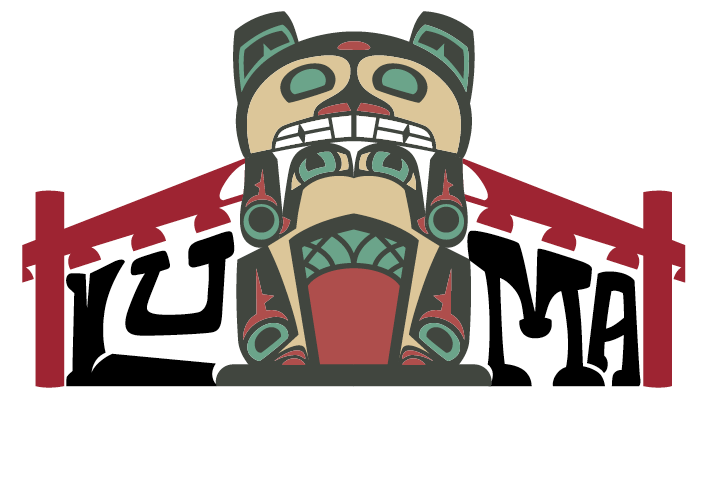
Indigenous-led Solutions to Indigenous Homelessness
Where Are All My Relations? Video series
Where Are All My Relations? Stories of Indigenous Homelessness in B.C. is an eleven-episode series that explores Indigenous homelessness rooted in Indigenous worldviews and experiences. The series provides a broader understanding of Indigenous homelessness in British Columbia. Each episode features the personal stories of people from different Indigenous communities and organizations in B.C. that support Indigenous-led solutions to Indigenous homelessness.
The stories showcase the innovation and strength of Indigenous Peoples, communities, and service providers. This series sheds light on how collaborative, culturally grounded, Indigenous-led approaches are key to creating positive change. This is because approaches grounded in Indigenous worldviews and cultures are central to healing, trust, hope and empowerment for Indigenous Peoples experiencing homelessness.
Read more about the series in this news release.
Official Trailer
Where Are All My Relations?
An Indigenous understanding of homelessness is unique and encompasses more than simply not having a building to live in. It occurs the moment the interconnection with “all my relations” is broken.
A Familiar Face
A collaborative, Indigenous-led approach is essential to building trust, hope, healing and empowerment.
Good Medicine
Indigenous Peoples experiencing homelessness can be supported most effectively if service providers including police, social workers and health care employ Indigenous staff. This is key to creating a safe, non-judgmental approach to care.
Home with Nowhere to Live
You can be at home on the land of your Nation and ancestors, but still “houseless”.
Home is safety and getting well. It’s where your family is, and where your ancestors have lived since time immemorial. It’s your aunties and community.
We Are Still Here
Through the collective resilient spirit of Indigenous Peoples, trauma is met with courage and hope, allowing people to find “home.”
Walking with the Wisdom of My Grandmothers and Grandfathers
Even in urban settings, connection to Indigenous identity, culture, and ancestors are key to healing and Indigenous conceptions of home.
Sitting in the Tall Grass
Showing love and empathy for others is the most powerful tool for healing.
Cookies and Clothes
Social workers can play a pivotal role in the lives of youth experiencing homelessness if they approach them with love, openness, and willingness to meet them where they’re at.
When I Slept Outside
We need to understand the stigma and barriers society imposes on people experiencing homelessness, especially Indigenous Peoples. This stigma limits people’s ability to pursue a better life.
Dancing is Good Medicine
Participating in traditional ways of knowing gives people a chance to heal their relationship with themselves and others while connecting with the Creator.
Bringing Our Children Home
One of the leading causes of Indigenous homelessness is Canada’s child welfare system. Indigenous communities need government systems to step aside and let children and families get the care they need in-community.
About this project
This project was funded by the Province of BC. The videos were produced by Little Bird Media, an Indigenous-led firm based in Vernon, B.C.The project was stewarded by leaders from the following Indigenous organizations: The Aboriginal Coalition to End Homelessness Society, Vancouver Island; Prince George Nechako Aboriginal Employment and Training Association; Prince George Native Friendship Centre; the Provincial Indigenous Homelessness Committee for BC; the Indigenous Homelessness Steering Committee for Metro Vancouver; and Lu’ma Native Housing Society.

